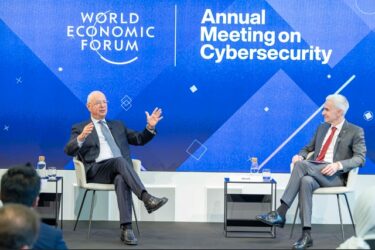They say there is no such thing as a free lunch, but those doubters have clearly never been given a loyalty punch card and dutifully bought 10 lunches from the same joint. Jokes aside, we can all relate to the unexpected and pleasant feeling of being rewarded for loyalty. Whether it’s a free coffee at your local cafe or a free plane trip, it feels good to be recognized and rewarded by businesses. Companies know this, which is why they are happy to treat us when we have spent enough to allow them to give a little back.
Though loyalty rewards are nearly universally effective at encouraging people to spend a bit more, determining the best reward structure to implement for your business can take a bit of experimenting. Before we evaluate the two main rewards programs utilized by companies today, let’s take a brief look at the psychology behind why we are so obsessed with free stuff.
The human response to “reward” has been a key topic of discussion for psychologists throughout history. Some have claimed the feelings we have when rewarded to be closely tied to our deep seeded survival instincts. Unconsciously, rewards cause us to feel like we are getting closer to a point in life where we will have what we need to survive. And in our evolutionary past, rewards gave us an advantage over the competition during our daily struggles.
Unquestionably, being rewarded gives us a good feeling. How these rewards are presented and earned can, however, dramatically affect our willingness to work to earn them and to promote them within our social circles. For example, the value that companies attribute to points can greatly influence customers perceptions, even when the end goal is proportionally the same.
To explore this issue, a study was conducted which placed individuals in an observed experiment, where they were asked to order a number of meals from a restaurant over the course of a study. The restaurant either rewarded 10 points per dollar or 1 point per dollar, for the participants’ purchases. For the 10 points per dollar reward program, a reward required 1000 points, and for the 1 point per dollar program, 100 points were required. So, the programs required the participants to spend exactly the same amount of money to receive a reward but essentially named the points differently (numerically).
The researchers discovered that after only 2 meals (20% of the way toward the reward), the participants in both test groups were equally satisfied with the reward program. However, as participants got closer to their reward (80% of the way toward the reward) people were more pleased with the loyalty program and were more likely to want to recommend it to other people when a large number of points was given (the 1000 point reward scheme). Many companies use this points-based system to encourage repeat business, and it is potentially one of the most popular methods of rewarding customers.
Some companies encourage marketing with rewards for referrals instead, i.e.: Uber, which previously offered customers free rides for referring friends. Or similarly, PantryPerks referal rewards. The health food focused startup rewards customers with cash back whenever a friend is referred and makes purchases. For every purchase, each customer receives 7% cash back, 6% from referred friends and 5% for friends of friends. The company then delivers the rewards in hard cash using Paypal, ACH or bank transfer. This can add up to a lot considering the company offers a minimum spend of $60 a month.
Overall, rewarding customers is a great way that both business and consumer benefit. If executed correctly, rewarding customers when making purchases or referrals can be a fantastic incentive which can arguably be better than pumping money into a sales or marketing team.












